Best Motorcycle Airbag Jackets

The latest in motorcycle safety gear is not just a bunch of hot air.
Motorcycling airbags systems have now been in development for upward of 30 years. Companies like Alpinestars and Dainese have brought products to market, revised them, updated them, and developed new airbag systems to cover a broad range of motorcycling such as track riding, commuting, and off-road riding. We’ve seen these systems go from being integrated into specific garments, to standalone units that can be worn universally (with proper fitment). Now, we even have subscription-based systems that offer a lower barrier to entry price-wise than initially available.
Here at MO, we’ve done our best to cover the cutting edge of this technology as new products and airbags emerge. Heck, our own Troy Siahaan has proven himself time and time again to be a most excellent crash test dummy and because of this, he won’t be caught on two wheels without an airbag between him and impending doom. Do yourself a favor and read through Troy’s copious crash tested articles for first hand experience of airbag deployments. Due to his experience, I couldn’t think of a better person to lend a few keystrokes to this article.
Before we get into the five airbag systems we were able to test, we want to address the lack of a major player in the biz. We contacted Helite, which initially showed interest in being involved, but was then later unresponsive. Helite makes a range of airbag products from vests and jackets, to airbag backpacks, and now, airbag riding pants. All of the company’s current product line relies on mechanical tethers to the motorcycle which, when pulled, opens a CO2 cartridge which then deploys the airbag. There are other interesting features to Helite products and we are disappointed to have not been able to include them in this buyer’s guide.
While we know there are other companies out there, these were the latest products we were able to have on hand to review.
With all that said, let’s take a look at how airbags from the other major players stack up.
Why Trust Motorcycle.com?
At Motorcycle.com, our reputation as a trusted authority in the motorcycle world since 1994 is built on our deep expertise and commitment to quality. Our team, composed of seasoned riders and industry experts, brings a wealth of knowledge and experience to every review and product recommendation we offer. We understand that when it comes to motorcycles, parts, and accessories, the right choice can enhance both performance and safety.
Our extensive range of in-depth reviews and performance tests are more than just evaluations; they are insights born from years of hands-on experience and a thorough understanding of what riders truly need. We cover every aspect of motorcycling, from sport bikes and cruisers to adventure bikes and beyond, ensuring that our recommendations cater to every type of rider.
The trust placed in us by over 2 million enthusiasts monthly is a testament to the reliability and accuracy of our advice. Whether it's selecting a new bike, finding the best accessories, or choosing the right gear for your ride, Motorcycle.com is dedicated to providing advice you can trust, backed by decades of expertise in the motorcycling field.
1. Alpinestars Tech-Air 10
The Tech-Air 10 offers what no other smart airbag system currently on the market offers: airbag protection for the hips and thighs – a very common area prone to impact and injury during a street or track crash. Otherwise, the inner workings of the Tech-Air 10 are very similar to the rest of the Tech-Air family. There are accelerometers and gyroscopes throughout the upper body and back area, but unlike other Tech-Air systems, the TA10 acts as your base layer. There are other differences between it and the other Tech-Airs, too. Apart from the base layer thing, the integrated passive back protector extends lower down the back than the TA5, for example. A Velcro waist strap activates the system, and a removable LED status panel can be placed in dedicated pockets, on the bike, or removed altogether.
Practically speaking, the Tech-Air 10 looks like it would restrict air flow, and while there’s definitely a noticeable difference compared to not wearing anything at all, when paired with a vented jacket (or suit) there’s a nice amount of airflow you can feel flowing up the sleeves and to the chest area. One gripe is the LED panel having a separate battery life compared to the airbag, so if you don’t use the airbag in a while and the LED panel is detached, the LED might display red to indicate the panel itself is low on battery, not the airbag. A good rule of thumb is to keep the LED attached whenever possible, charge both units the night before you plan on using it, and only detach the LED (if you choose) when the TA10 is actively in use.
Thankfully, we haven’t had the need to crash test its abilities, but the coverage it provides gives the rider peace of mind knowing they have the most complete amount of airbag protection available. On the downside, sizing can be finicky, as people with broad shoulders may need to move a size up to accommodate. This has a ripple effect of making the leather suit difficult to put on, too. In our opinion, the TA10 is well suited for racing, but can be a bit cumbersome for the street rider.
2. Alpinestars Tech-Air 5
The Tech-Air 5 is one of the most versatile airbag systems on the market, no matter if you’re a track rider, street rider, or even a mild off-road rider. By being completely independent, it can be worn in any jacket or suit as long as it has the required expansion space. The brains of the operation consist of three accelerometers and three gyroscopes that all monitor the body’s movement and measures it against preset algorithms to ensure the body is in the normal riding position and not doing something constituting a crash.
And it’s very easy to use under a riding jacket, too. Just put it on, zip it up, make sure the velcro tabs are connected, put your normal jacket on over it, and away you go. It’s a little more tricky to put on under racing leathers, but the key is to slip the vest in place inside the suit first before putting the suit on. The Tech-Air 5 also features a built-in level 1 back protector, as well – something the two previous airbags don’t have (at least not stock). For me, the Tech-Air 5’s complete upper body coverage, including the upper arm, make it my preferred everyday airbag compared to the competition. In fact, the TA5 was what I was wearing when I got hit by a car. I sustained an 18g impact to the shoulder and walked away with just a little soreness thanks to the TA5.
On the downside, it does restrict a little bit of airflow, which can be especially problematic on hot days and/or under thick, non-vented jackets. There’s no Off switch like on some other airbag systems (or even the Tech-Air Race), which means you need to remember to separate the Velcro tabs when not in use (and keep them separated). On average, the Tech-Air 5 will deploy in 25 milliseconds, but can be as fast as 20 milliseconds for small sizes and 40 milliseconds for the 4XL. You only get one deployment with the Tech-Air 5 and then the unit needs to be sent to Alpinestars (region dependent) for replacement canisters. After three deployments, the bladder itself needs replacing.
3. Dainese Smart Jacket
The Dainese Smart Jacket was the first of its kind – a foldable, lightweight airbag vest that can be worn over or under a riding jacket. Previously, Dainese only offered systems built into race suits and various styles of jackets. While it still does offer these options, the Smart Jacket has now been added to its catalog.
The Smart Jacket’s airbag – which deploys in approximately 45 milliseconds (the average blink of an eye is 100 milliseconds) – covers the back, collar bones, and upper chest and uses microfilament technology. Dainese claims the microfilaments connecting the layers of the airbag help the airbag keep its shape when inflated. The electronics and gas canister are found at either side of the lower back and are contoured to fit around the body comfortably. This design – without a passive back protector – allows the Smart Jacket to be folded although the Hi Viz version seen here uses a thicker, more robust fabric than the black version, which makes it slightly more difficult to fold.
The Smart Jacket seems to run on the small size compared to other systems in this buyer’s guide. A medium is fairly snug and can be worn under most of my jackets comfortably, but is too tight to wear over anything but lighter textile jackets for me. The medium Alpinestars Tech-Air 3 feels just slightly oversized and offers a lot of stretch, which allows it to work well over or under a larger range of jackets. The adjustable elastic waistband in the Smart Jacket helps achieve a comfortable fit, but the lack of any sort of stretch panels in the rest of the vest hampers its versatility. Because of the Hi Viz version’s more durable fabric and tight fit, it doesn’t allow for much airflow. I would say, out of the airbags included here, I’ve found the Smart Jacket to feel the most bulky. Also, the airbag is only good for one deployment, so if you ever find yourself in that unfortunate situation, you’ll need to send the vest back to Dainese USA in Costa Mesa, CA for servicing with an approximate cost of $300.
During normal use the Smart Jacket requires the vibration from a motorcycle’s engine or speeds of 6 mph to arm the system. During my time riding the Livewire One, lack of vibration caused the system to disarm itself when stopped at traffic lights. Evans mentions in his review that he also had a very smooth running ICE motorcycle cause the same issue. Dainese is aware of this and says it’s developing a way to fix this issue currently.
Are motorcycle airbags worth it?
Cost is a somewhat relative thing, isn’t it? For the über wealthy, price is merely a number. For a struggling college student, every penny counts. Save for one jacket on this list, each option below range from $500 and can go beyond $1100. If your financial situation makes you balk at these prices, consider for a moment the cost of an ambulance ride – or worse, a helicopter trip should you crash and hurt yourself in an area an airbag would protect. Either one is an order of magnitude higher than any of the options seen below – and we haven’t even begun to talk about the hospital bill after they fix you. When viewed under that light, these prices are much more amenable.
What is the best motorcycle airbag jacket?
The one you’re wearing. Like virtually any other piece of protective equipment, they don’t do a thing if you’re not wearing them. Different riders will have different qualities they’re looking for. Whether it’s cost, technology, integration with their existing gear, or any number of other criteria, simply calling one airbag jacket or vest “the best” doesn’t cover the nuance of the question. Choose one that fits your needs – then hope you never have to actually use it.
What motorcycles have airbags?
As you can probably imagine, it’s much harder to integrate airbags into motorcycles than it is to integrate them into a car. This is why airbags are something we wear. However, a few different manufacturers have tested airbags on their motorcycles. Most notably, airbags were a feature on certain Honda Gold Wings.
Additional Resources
Recent Updates
- March 6, 2024: After additional evaluation and discussion amongst our editors, we have decided to reduce the number of recommendations to three for a better shopping experience. In addition, we have new rankings for our top three recommendations.
- September 2022: Article text and images revised
We are committed to finding, researching, and recommending the best products. We earn commissions from purchases you make using the retail links in our product reviews. Learn more about how this works.
Become a Motorcycle.com insider. Get the latest motorcycle news first by subscribing to our newsletter here.

Ryan’s time in the motorcycle industry has revolved around sales and marketing prior to landing a gig at Motorcycle.com. An avid motorcyclist, interested in all shapes, sizes, and colors of motorized two-wheeled vehicles, Ryan brings a young, passionate enthusiasm to the digital pages of MO.
More by Ryan Adams



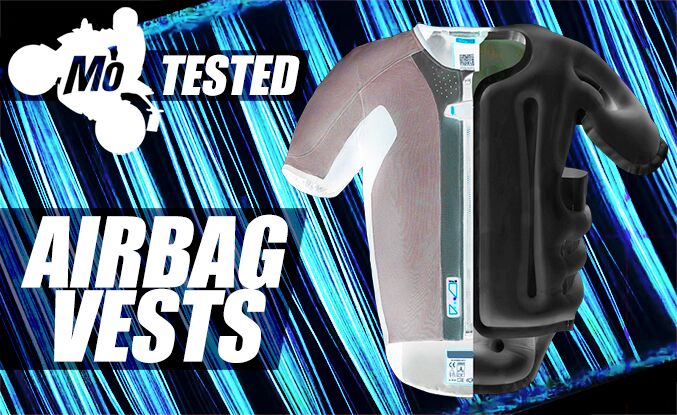
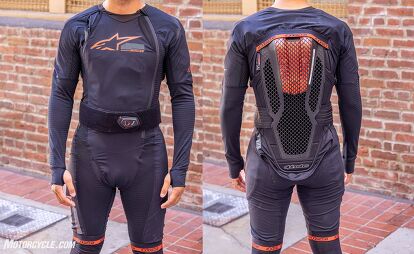









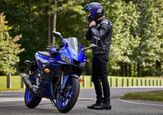
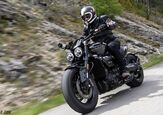
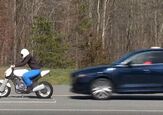
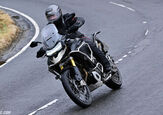
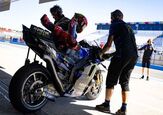
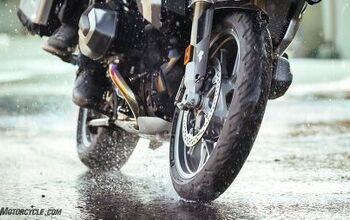
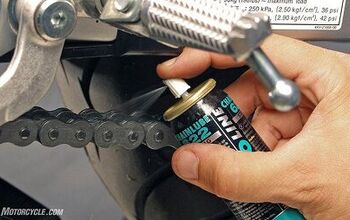
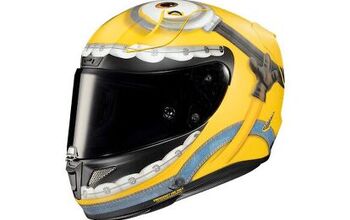
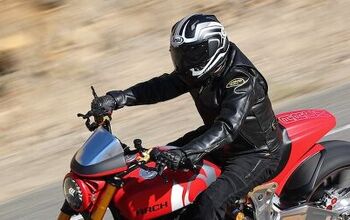
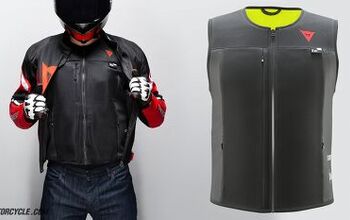
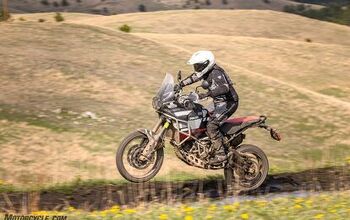
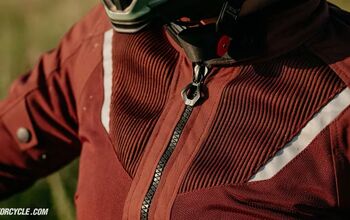
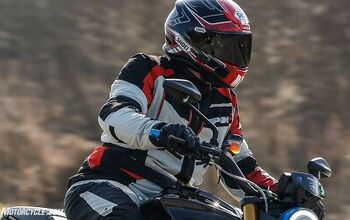
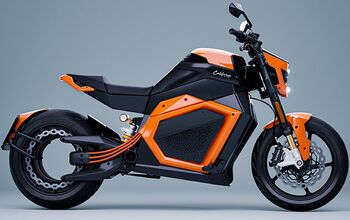

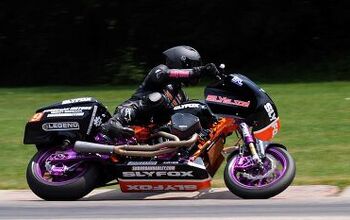
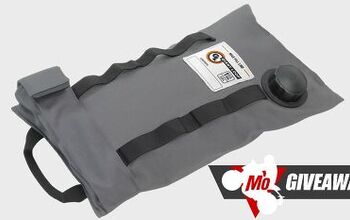
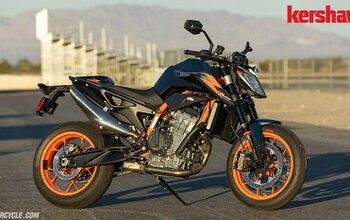
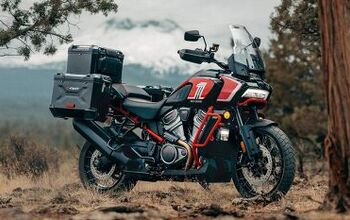
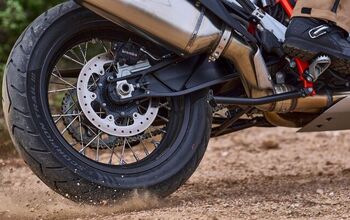
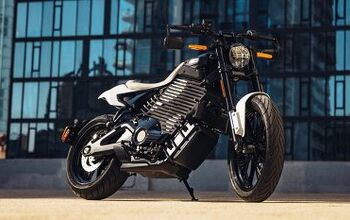

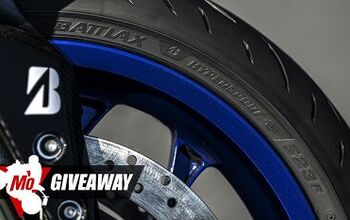
Comments
Join the conversation
I have a tech-5 just waiting for the 10 to be available in my part of the world and I'll be upgrading.
I bought the Tech air 3 since all of my riding is street. I didn't want to buy another jacket that it would fit under but you can also wear it over your regular jacket. Very easy to wear. It does restrict some airflow which is ok now but might not be ok in the summer. It doesn't expand over the shoulders but it does protect collarbone as well as torso.